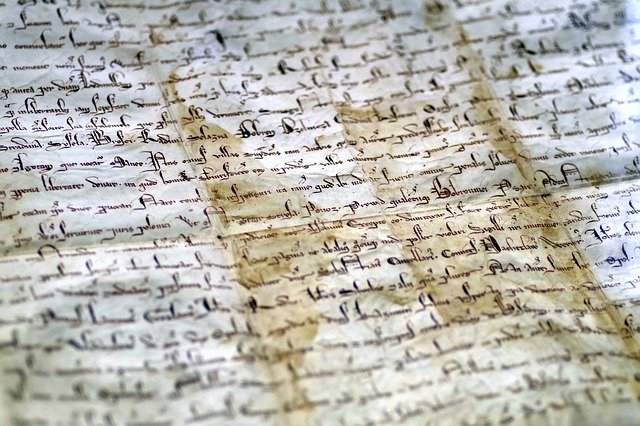I’m always curious about how my fellow genealogists organize their research. I admit it, I’m an old-fashioned sort of gal. I prefer to write letters on stationery and put them in the mail, to use a planner for my scheduling, a notebook for my list-making, and to read paperback and hardcover books instead of ebooks. Though I also use my… Read More
Organizing Your Resources
In genealogical research, you will inevitably end up with a lot of links. I must admit I’m a bit of a link hoarder. With anything else in life, I like to keep it simple. Put everything in its place and if I have no use for it, out it goes. Links are too easy to collect, though, especially genealogy links…. Read More
Manuscript Collections
One of my ex-husband’s family mysteries is right there on his paternal side – who are the ancestors of John Goodwin Hawksley? Thanks to my visit to NEHGS several years ago, and not enough hours spent looking through the Isaac Adams manuscript file (there are never enough hours – it is like being a kid in a candy store!), I… Read More
Civil War Pension Files
You’ve probably heard of Civil War (and other military) Pension Files, but maybe you haven’t ordered one yet. They’re costly, perhaps out of reach for some people, which can make obtaining them difficult. However, if you are able to order one, they can be valuable sources of information. Here’s an example: Samuel Hawksley was born about 1847 in Richmond, Carleton… Read More
Genealogy & Lineage Societies
If you have yet to explore what genealogy groups and societies have to offer, here’s a little guide to the various types out there. First, there are societies devoted to research itself. You can find many devoted to specific geographic areas. My personal favorite is the New England Historic Genealogical Society, the focus of which is obvious thanks to their… Read More
Vital Records
I am adamant about collecting primary sources. That which can’t be found online must be obtained from the appropriate authority. How do you obtain birth, marriage, and death records? Every state is different but, in my case, I usually write to the Town Clerk of the town in which the event occurred. Requesting Vital Records When I draft a letter… Read More
- « Previous Page
- 1
- …
- 5
- 6
- 7
- 8
- 9
- …
- 11
- Next Page »





